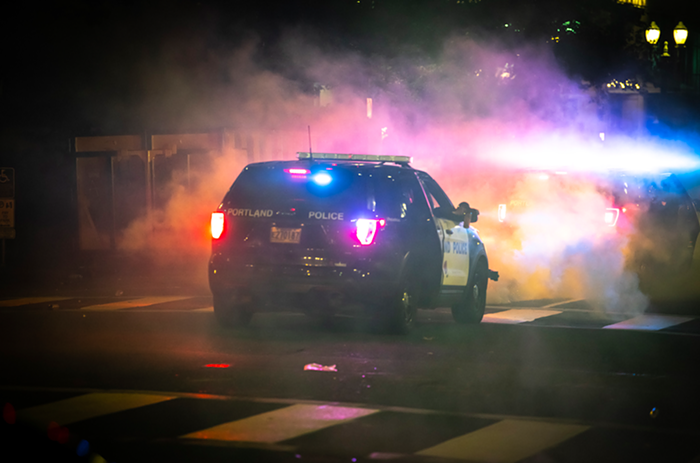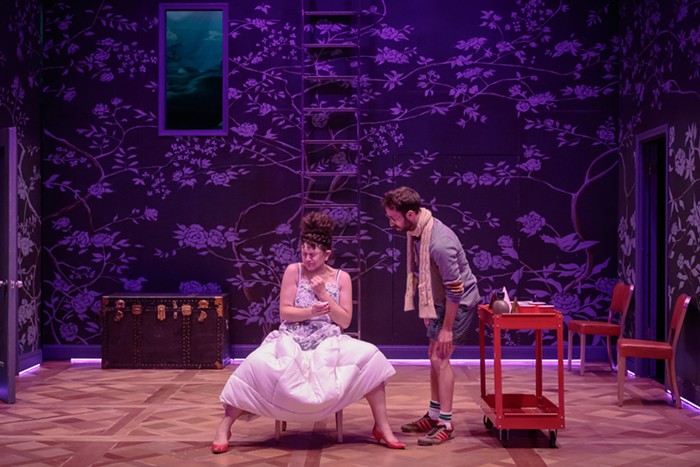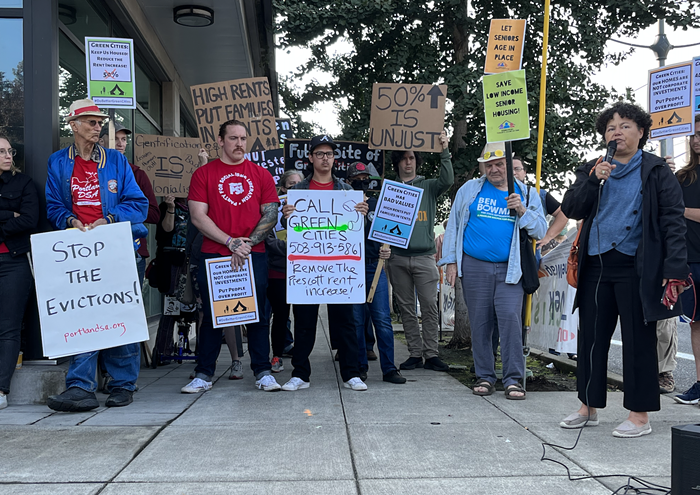You need to be at Ant-Man and the Wasp ON TIME. The sequel to 2015’s Ant-Man comes in hard on a tender, relevant flashback that shouldn’t be missed. The scene’s weird placement suggests it was added at the last minute to catch-up confused audiences: While Ant-Man and the Wasp is fun, funny, and exciting, it also runs the risk of being incomprehensible to those uninitiated in the ways of Marvel. The twentieth (!) film in Marvel’s decade-long franchise, Ant-Man and the Wasp will delight loyal fans with obscure superhero references, but it’ll also completely lose anyone who haven’t seen the majority of the 19 Marvel films that have preceded it.
I saw Ant-Man and the Wasp with two non-superhero-fan friends, so here’s the explainer of the 2015 movie I gave them: Scott Lang (Paul Rudd) is a genius mechanical engineer who ended up in the slammer thanks to a do-gooder heist. He realizes what a mistake he made when it means he can’t see his seven-year-old daughter, so once he’s released from prison, he spends a lot of Ant-Man trying to catch up on child support. To do so, he does another heist (two heists make a right, I guess?) and steals a weird suit from Michael Douglas! What does the weird suit do? Better put it on to find out! WhooOOOoaaaAA! Paul Rudd is now the size of an ant! Hilarity ensues, or so one would expect.
While Ant-Man and the Wasp is fun, funny, and exciting, it also runs the risk of being incomprehensible to those uninitiated in the ways of Marvel.
But the first Ant-Man, while it showed promise in casting Rudd as the gentle, dad-bod superhero we’ve been waiting for, fell flat in a number of places and wasn’t nearly as funny as it could’ve and should’ve been. (The underuse of Rudd’s awkward, sweet natural charm bordered on egregious.) But Ant-Man’s visual playfulness saved the day: A movie about a tiny Paul Rudd had a unique opportunity to show audiences micro and macro perspectives, opening a whole new world of creativity and comedy. An intense, train-based battle that ends with a hard cut to a tiny toy train falling off its tracks? Outstanding.
Happily, Ant-Man and the Wasp follows through on that stuff and goes even further with scale-shifting action sequences. More importantly, this film uses Rudd exponentially better, giving him plenty of opportunities to be goofy and charming and Paul Rudd-y. Meanwhile, I was all prepared to complain about Evangeline Lilly in this review (NOT A FAN), but despite the film’s title, her Wasp isn’t in the movie that much. Sure, her stunt double is in it, and the computer-generated version of her is in most of the action scenes, but Lilly’s trademark mannerisms (flirty, cardboard-y) are notably absent. Maybe the Wasp in the film’s title actually refers to Janet van Dyne (Michelle Pfeiffer), who our heroes spend most of the movie trying to recover from the Quantum Zone?
What’s the Quantum Zone? Yeah, exactly. Plot-wise, the way that Ant-Man and the Wasp is woven into the rest of the Marvel movies makes me hesitant to recommend it to those who haven’t seen a boatload of the others. Unlike Thor: Ragnarok or Black Panther, this one isn’t super accessible to newbies—rather, like Avengers: Infinity War, it relies so heavily on what’s come before that it can feel like the film version of a random comic book you grab off the rack and enjoy, but also one in which you’re constantly wondering why everyone keeps talking about what happened in Germany.
In order to know what happened in Germany—and in order to really get Ant-Man and the Wasp—you need to see Captain America: Civil War. And to understand that movie, you really need to see Captain America: Winter Soldier and Iron Man 3. And at that point, you’d probably better see at least the first two Avengers movies, and the first two Iron Mans. And you might as well throw in some Thors. And probably the first Ant-Man.




















